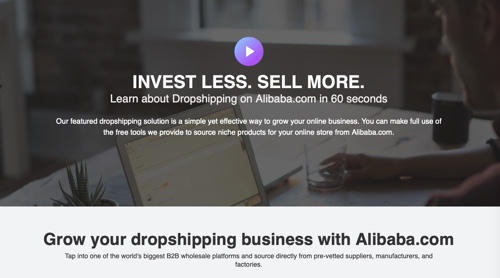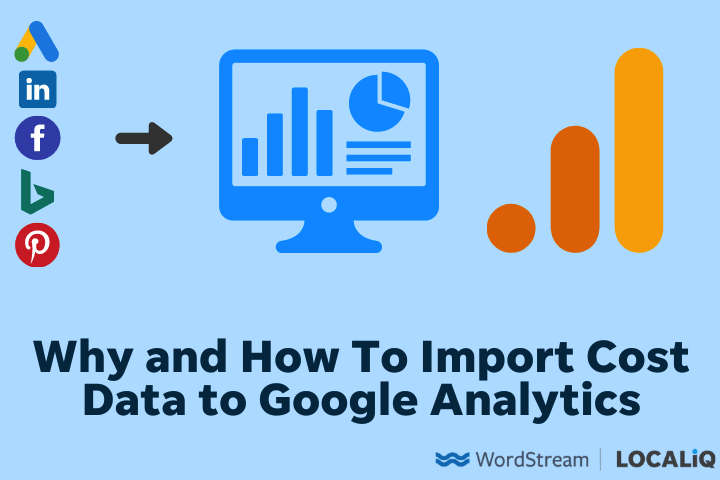Facebook and Instagram, owned by Meta, have been paving the way for social commerce in recent years. Both platforms have created the option for brands to construct online storefronts, AKA Shops, where consumers can browse and ultimately purchase products directly within Facebook or Instagram.
Last June, Pinterest also launched an additional social commerce feature called Shopping List. This newer feature automatically saves a user’s product pins into a central hub so when the time comes to make a purchase, the pinner can have easy access. In the Shopping List, users can see the price of the product, reviews, and pinners also get a notification if an item in their Shopping List drops in price.
“Product feeds are the foundation for so many social commerce opportunities like dynamic product ads, product tags, collection ads, and live shopping. Successful merchants deliver rich, optimized up-to-date product info to each social platform as frequently as possible. Timely price and availability updates are essential low-hanging fruit–you don’t want to spend money or time on ads that incorrectly promote higher prices and out-of-stock products. Once you have the basics covered, you should invest internally or work with a partner to explore more advanced product feed strategy like A/B testing the product titles/images used in your ads or using performance-based product data feed labels to set up ad sets and campaigns.” The trend of brands embracing social commerce will undoubtedly carry into the post-pandemic world. In fact, we’re already seeing it on the rise with retail social commerce sales in the U.S. expected to reach .64 billion by 2025. With more consumers utilizing social media as part of their daily routines, integrating shoppable experiences directly within an app is a no-brainer. The ultimate goal is to eliminate any friction in the buying process, and incorporating social commerce into your marketing strategy allows you to do just that.
What is social commerce?
We’re interested to see how this experiment takes flight and if Twitter will incorporate more shopping features into their platform in the future. Check out Twitter’s most recent blog for more info on Twitter Shops.
Many social commerce experiences are currently available through organic content on these platforms, but paid opportunities — like the ability to buy directly from paid posts on Instagram — are also on the rise.
In this post, we’ll cover how brands can leverage these native shopping experiences — called social commerce — to reach new audiences and boost sales. Let’s start with the basics.
Social commerce vs. ecommerce
Results:
Did you know that 75% of weekly Pinterest users say they’re always shopping? Pinterest users are highly engaged and often start their shopping journey on the app. It’s an excellent hub for finding inspiration, but it’s also an amazing place to purchase products with their updated social commerce integrations.
Why is social commerce important?
There are more consumers on social media than ever before and social commerce helps create a seamless experience that is unique compared to traditional ecommerce. The opportunity for marketers to see significant ROI in the social commerce space is there, and the time to take advantage of this growing medium is now.
TikTok may be the newer kid on the block when it comes to social platforms, but with its growing popularity, the app is not lagging far behind when it comes to social commerce. This fall, TikTok announced the expansion of their shopping capabilities which includes live shopping, product tagging, storefronts, and more. TikTok noted that this update would feature “a suite of solutions, features, and advertising tools that empowers brands and merchants to meaningfully engage with their customers.”
Brands such as e.l.f. saw big wins in recent years to the rise in TikTok engagement. e.l.f. Cosmetics partnered with Tinuiti in late 2019—shortly after we worked with the vegan beauty brand to create an integrated strategy across the social platform ecosystem.
- Facebook has roughly 1.9 billion daily active users
- 70% of shoppers are looking to Instagram for their next purchase
- About 37% of shoppers say they’ve made a purchase on social media
- Pinterest users utilizing the app’s shopping features increased 60% from last year
The updates directly from TikTok included:
Highlights: Eastern Standard Provisions wanted to strengthen the insights powering its ad campaigns so it could continue to increase brand awareness and sales as the ads ecosystem evolves. According to the case study released by Facebook, “the brand tested the implementation of the Facebook Conversions API, a secure integration tool that allows advertisers to share their data directly from their server, instead of through a browser. The first campaign used the Facebook pixel only, while the second campaign used the Facebook pixel and the Conversions API. Running catalog sales campaigns and conversion campaigns, the team applied dynamic ads, auto advanced matching, simplified account structure, campaign budget optimization, and automatic placements” (Source).
Check out Jane’s final results (Source)…
Snapchat recently reported that “Snapchatters are now engaging with AR more than 6 billion times per day, and 93% of them are interested in using AR for shopping.” And in January, the company revealed a new shopping lens where users can swipe through multiple products in one place. They noted that users will “see details on pricing, color, sizing, and similar items, right from the retailer. Lenses from Ulta Beauty & MAC Cosmetics are the first to use this new capability and in the coming months, Snapchatters will be able to shop using even more of these lenses made by brands they love.”
Additional shopping features from Pinterest include (Source):
Top social commerce platforms
Source: Pinterest
Meta (Facebook + Instagram)
Snapchat reported the following results…
Snapchat reported the following results…
Source: Instagram
- $24,100 in sales from Jane’s shop on Instagram
- 1,368 units sold from Jane’s shop on Instagram
- 969 orders from Jane’s shop on Instagram
- 65,500 visitors to Jane’s shop on Instagram
Top social commerce tips
Now that we’ve covered the top social commerce platforms, let’s take a look at a few examples of how brands are incorporating this strategy into their marketing toolkits.
CRAWL
- Ensure pixels and/or conversion API integrations are tracking the necessary events and actions
- Have your product feed in order
There’s clearly a lot going on in the Pinterest world and if you want to learn more about making the most of Pinterest marketing, check out our Complete Guide to Pinterest Ads.
Just last month, Twitter announced a beta experiment called Twitter Shops. Twitter shared that “with Twitter Shops, merchants can handpick a collection of up to 50 products to showcase to shoppers on Twitter. The feature, which is free to use, gives people the chance to view products from the profiles of their favorite brands, so when you talk about and discover products on the timeline, you can now browse them on Twitter, too.”
Facebook Shops is a culmination of online shopping features released across both social platforms over the years, including Facebook Marketplace, Instagram Shopping, Native Checkout, and Live Video Shopping. Within Facebook Shops, businesses can create custom collections and tags to better reach customers, and according to Facebook, “any seller, no matter their size or budget, can bring their business online and connect with customers wherever and whenever it’s convenient for them.”
- Promote your inventory with dynamic feed-based solutions
WALK
- Feed-based ad format testing
-
-
- Frames, price overlays, price formatting
-
- Collection Ads
-
-
- Move further to walk/consideration with a more advanced catalog enabled ad format
-
- Product Tags enabled on posts
-
- Make all posts shoppable and a moment of discovery
RUN
-
-
- Platforms that support: Meta, Pinterest, TikTok, Twitter
- Digital storefront where users are already spending their time
-
- Enable in-platform checkout experience
-
-
- In-platform setup to allow users to purchase without leaving the platform
-
- Begin testing live commerce opportunities
-
- Shop in real-time
- Never Stop Testing
Source: Twitter
Solution(s): Snapchat lenses + video ads
There are a variety of ad types to choose from where brands can feature specific products including Dynamic Shopping Ads which serve single image ads that promote a product relevant to people’s interests with helpful details such as delivery times, reviews, and promotions. There is also an option to utilize Shoppable Collection Ads which mix lifestyle imagery and video for an enhanced shopping experience where brands can link up to 24 products.
Are you ready to leverage social commerce?
“We continue to see social platforms rolling out new paid and organic commerce features. We have already seen shops take off on Instagram and new features like live stream shopping and AR shopping on Snapchat also promise some success. I anticipate that we will continue to see more commerce products released this year playing further into the AR and video space.”
Source: Instagram




